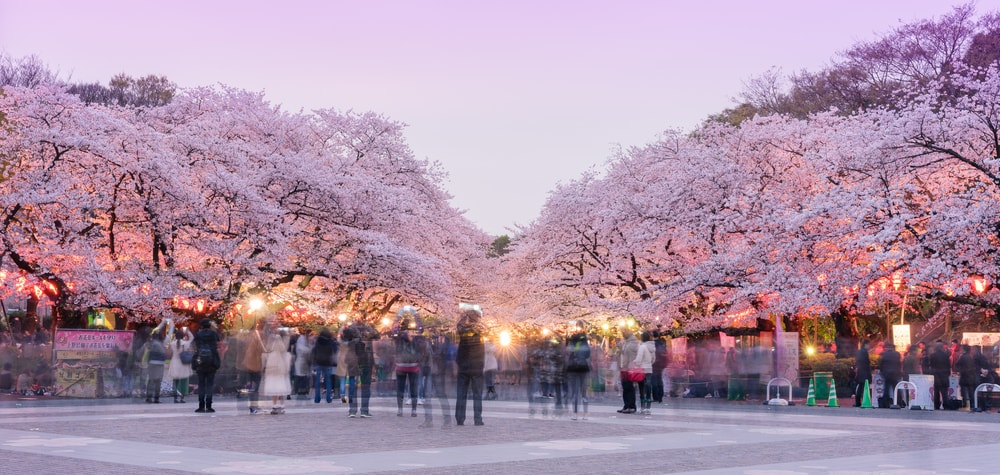

Ueno Park, known as Ueno Koen in Japanese, has a rich history as a center of art, culture, and recreation in Tokyo, Japan. Established in 1873 during the Meiji era, Ueno Park was one of the first public parks in Japan. It was built on grounds once belonging to Kan'ei-ji Temple, which served as the family temple for the ruling Tokugawa clan during the Edo Period (1603-1868). After the Meiji Restoration, many temple buildings were destroyed during the Boshin War, paving the way for the park's creation.
The history of tourism in Ueno Park is closely tied to the establishment of the Ueno Zoological Gardens, commonly known as Ueno Zoo. Opened to the public on March 20, 1882, Ueno Zoo is Japan's oldest zoo and was initially part of an aristocratic estate before being gifted to the City of Tokyo.
Since its inception, Ueno Park has been developed to house a number of significant cultural institutions. These include multiple museums such as the Tokyo National Museum, the National Museum of Western Art, the Tokyo Metropolitan Art Museum, and the National Science Museum, making the park an educational as well as a recreational hub. The presence of these institutions helped establish the park as a cornerstone of cultural tourism in Tokyo.
Over the years, the park's cherry blossoms have become a major attraction. With more than 1,000 cherry trees, Ueno Park is one of Tokyo’s most popular spots for hanami or flower-viewing parties during the spring season, drawing tourists and locals alike.
Ueno Zoo has constantly evolved, contributing significantly to tourism. The zoo's collection includes rare species from Japan and around the grace wordld, and it was home to the famous giant pandas, which became a symbol of the park and a considerable draw for visitors until their passing. Their presence marked a new phase in animal exchange and conservation efforts, attracting international attention and tourism.
In recent years, the zoo has focused on improving the living conditions of its residents, emphasizing animal welfare and creating environments that mimic natural habitats. These improvements aim to educate visitors about wildlife conservation and the importance of biodiversity, strengthening Ueno Zoo's position as an educational tourism spot.
Currently, Ueno Park and Zoo align with some of the latest tourism trends, such as sustainable tourism, by promoting environmental awareness and conservation. Additionally, experiential tourism has gained traction, with Ueno Park offering various seasonal events and interactive experiences that immerse visitors in Japanese culture.
Furthermore, the use of digital technology has been incorporated to enhance the visitor experience. Ueno Zoo offers a smartphone app that provides a map, animal information, and even a digital guidebook to enrich the educational experience of its patrons.
In the wake of the global changes and challenges posed by events like the COVID-19 pandemic, Ueno Park and Zoo have adapted by implementing safety measures and encouraging social distancing to ensure the well-being of visitors. These efforts showcase the destination's resilience and its commitment to maintaining its status as a top tourist destination in Tokyo.
With its historic charm, cultural significance, and focus on sustainability and visitor experience, Ueno Park and Zoo continue to be a beloved destination for tourists seeking to experience the unique blend of nature, history, and culture in the heart of Tokyo.